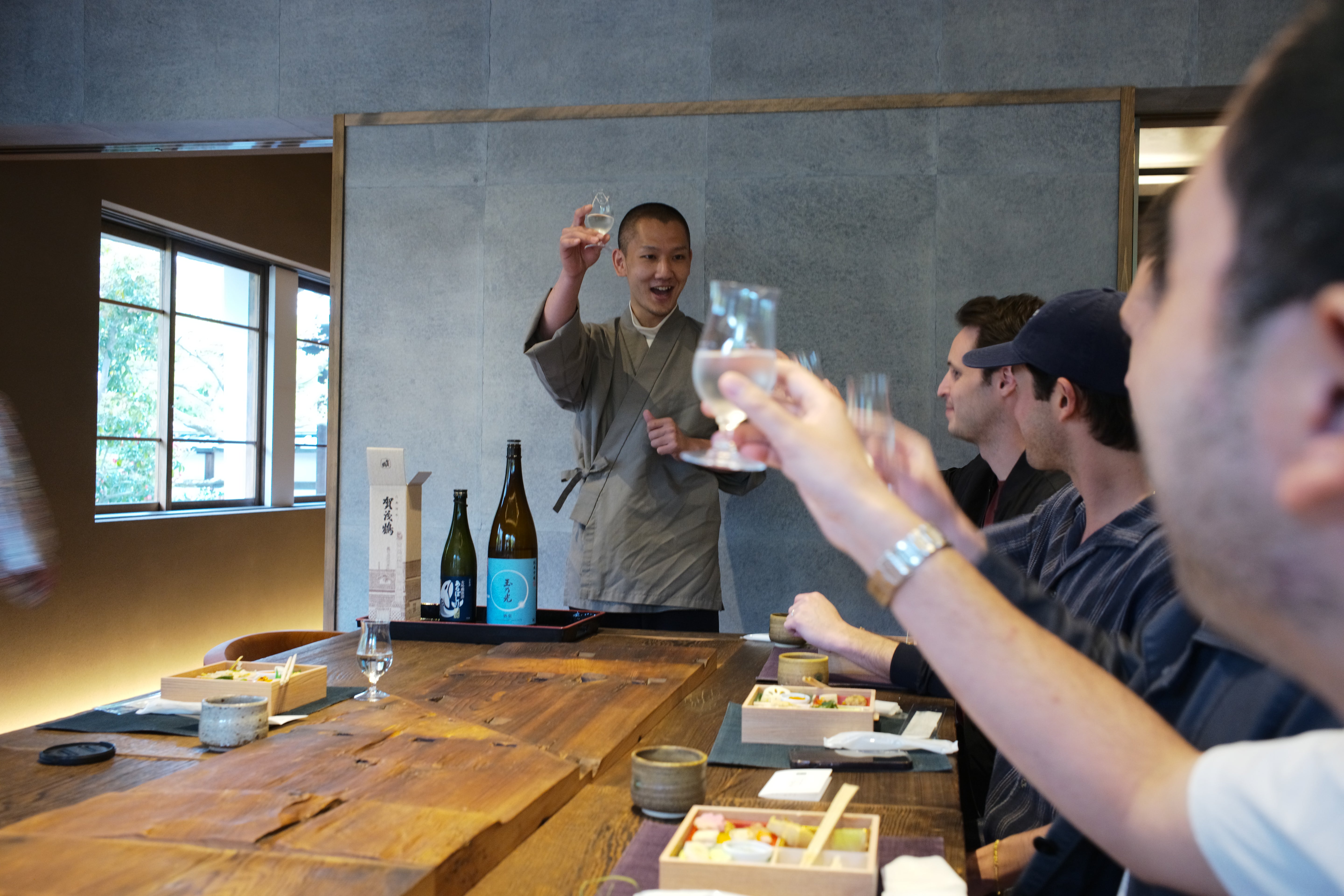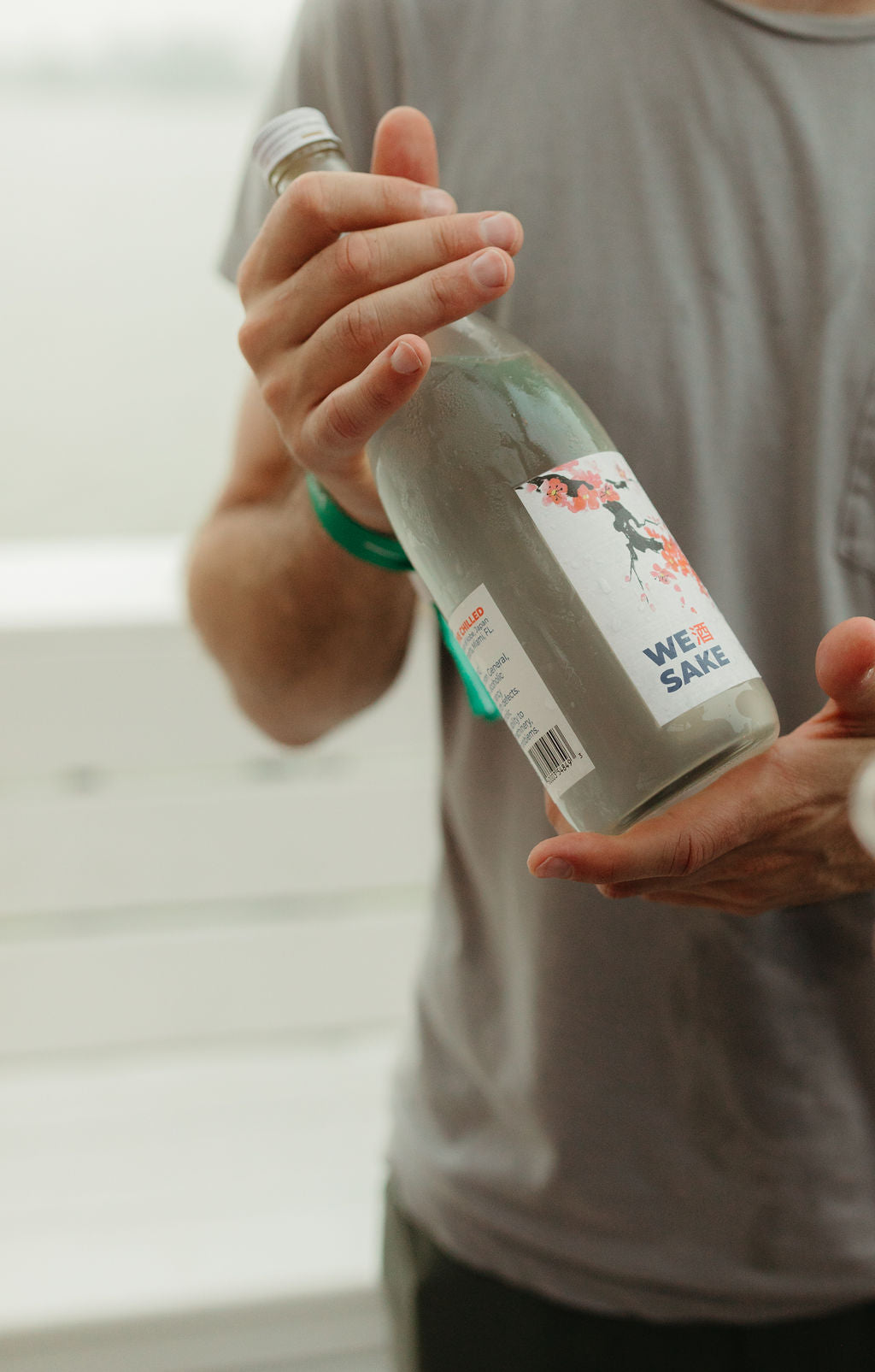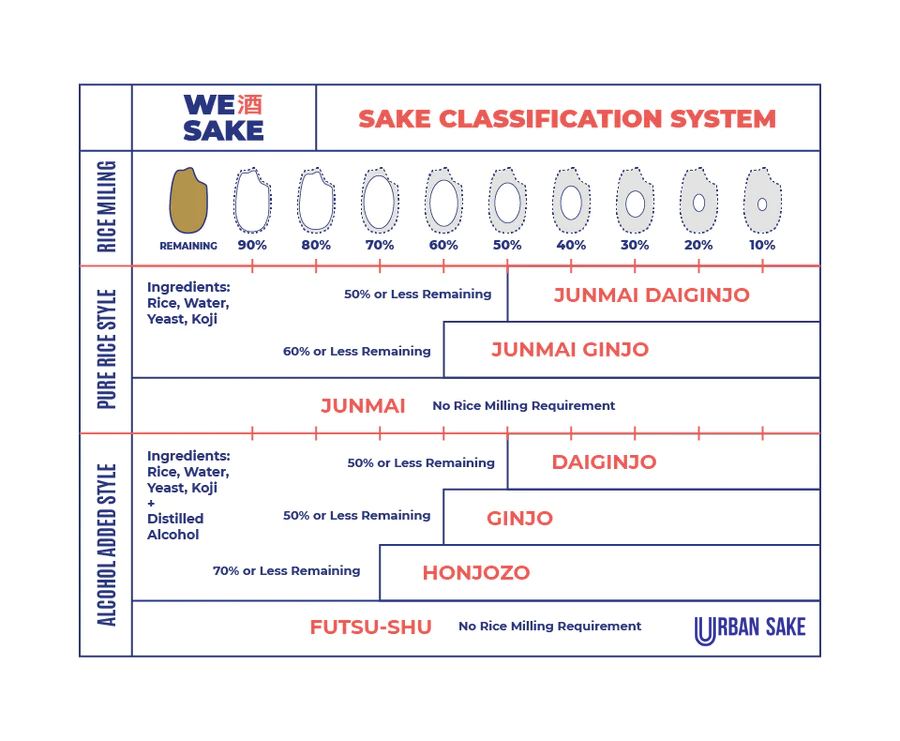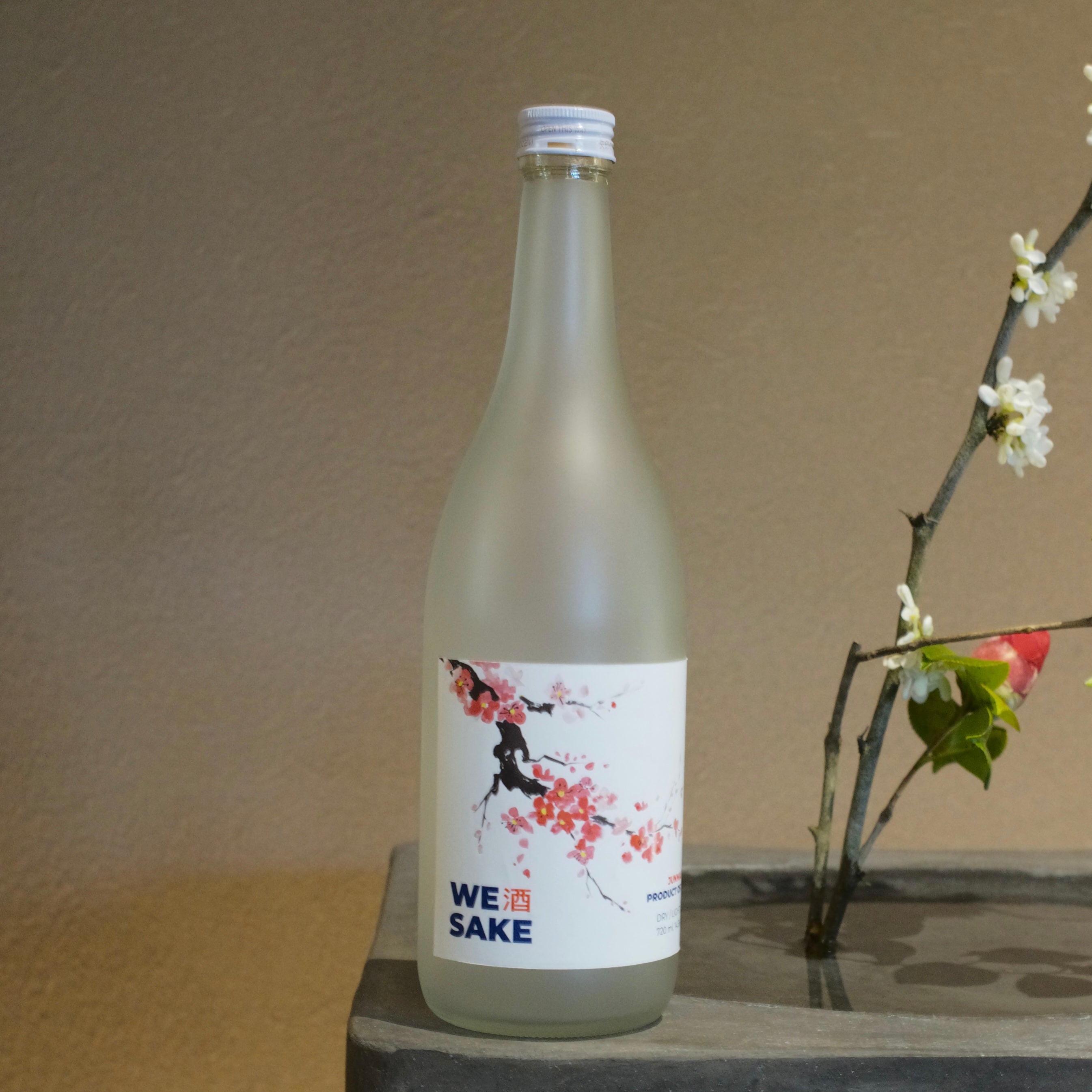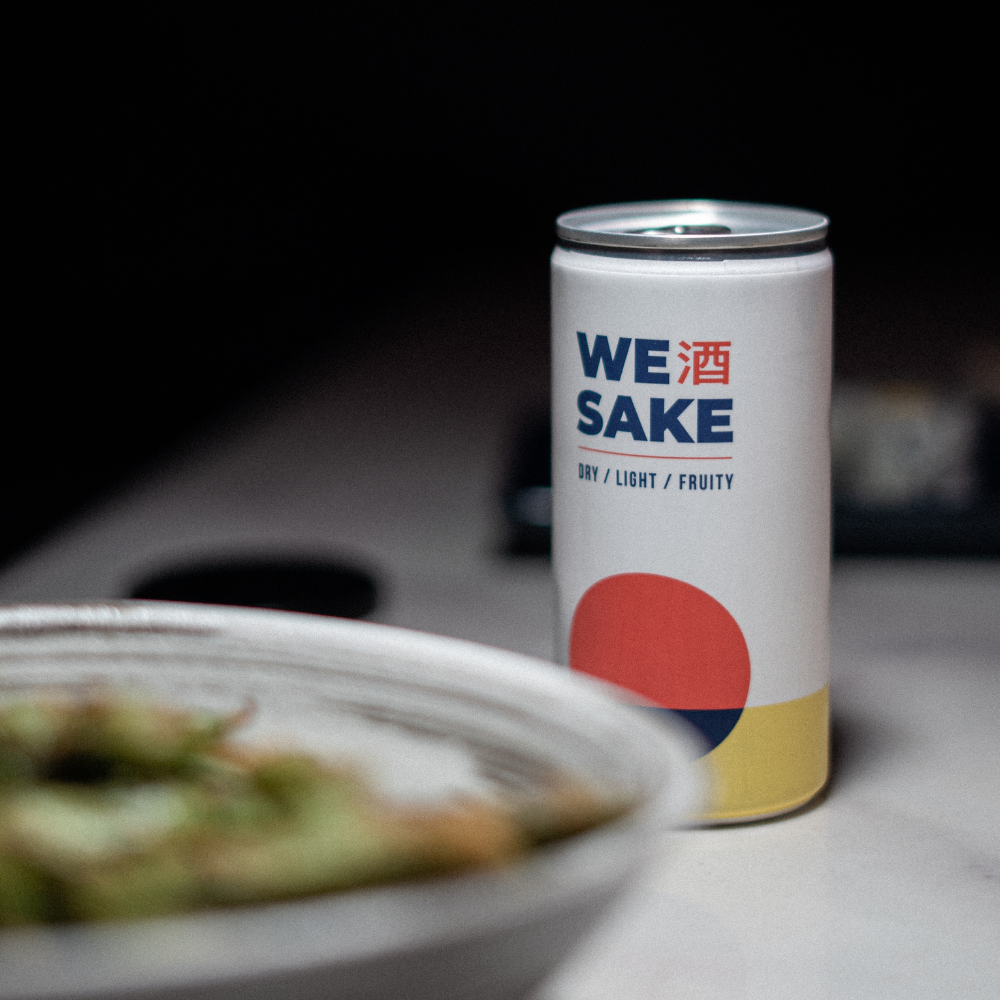A Journey to make sake
for everyone
Sake has long been celebrated in Japan, often reserved for special occasions or fine dining. But at WESAKE, we believe it’s much more—it’s a drink meant to be enjoyed in everyday moments, whether with friends, during a quiet evening, or while watching the sunset. Sake should be a part of life’s simple pleasures.
Our mission is to make sake more accessible and approachable, breaking down the barriers that make it feel distant or formal. We craft premium-grade sake that retains the elegance for seasoned drinkers, yet is bright, fun, and easy for newcomers to enjoy.
In partnership with one of Japan’s oldest sake breweries, we honor a legacy of craftsmanship that spans over 2,000 years. Together, we’ve created a sake that blends tradition with a fresh perspective on the future of this remarkable drink.
Through education and accessibility, we aim to make sake a natural choice for everyone. As our friends in Japan say, there’s no wrong way to enjoy sake—it’s for everyone.
Join us in discovering the joy of sake. Kanpai!
Our Partners in Japan
We’re honored to collaborate with exceptional brewing partners in Japan. Discover the craftsmanship behind our sake, produced with care and tradition in Kobe.
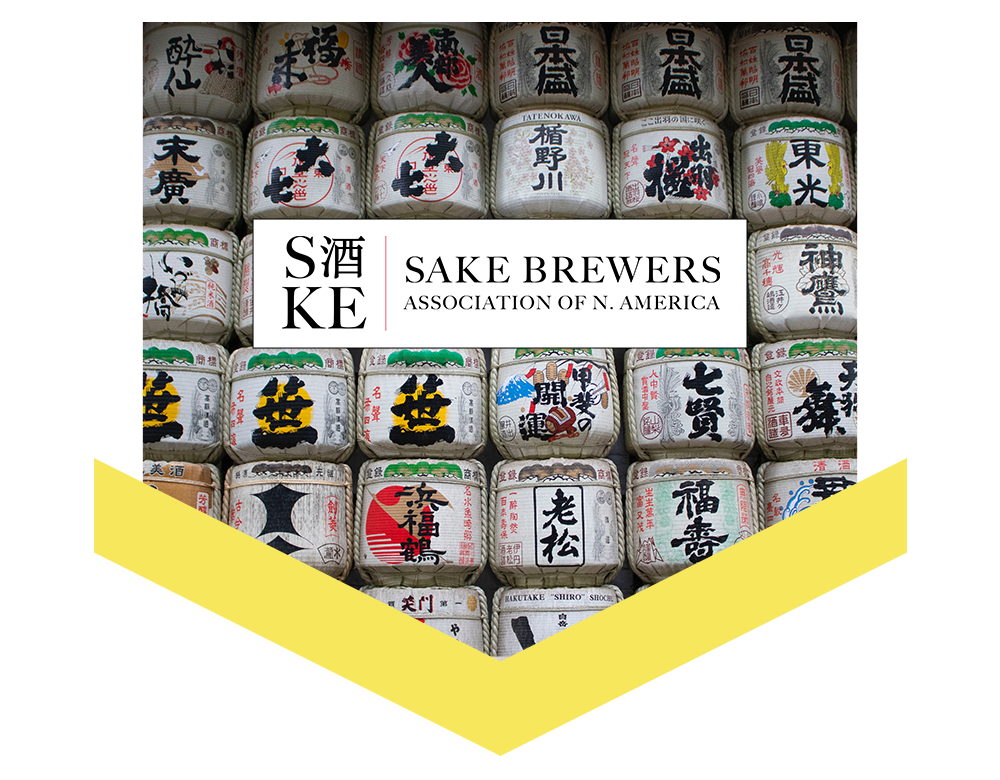
Proud Members of SBANA
We’re proud to be part of The Sake Brewers Association of North America (SBANA), the oldest and largest sake trade association outside of Japan. SBANA unites a diverse group of industry leaders, forming one of the most influential sake organizations globally.
Our Blog
Japanese sake is a world of artistry and craftsmanship, where tradition meets innovation. Its classification and categorization system showcase the expertise and passion of sake brewers who strive to create a diverse range of flavors and aromas.
When drinking sake with friends or colleagues, the Japanese often say "Kanpai!" before taking a sip. "Kanpai" means "Cheers!" in English.
The correct way to pronounce sake is "sah-keh," with the emphasis on the second syllable. The first syllable "sa" should be pronounced as in the English word "sun," and the second syllable "keh" should be pronounced as in the English word "kettle."






